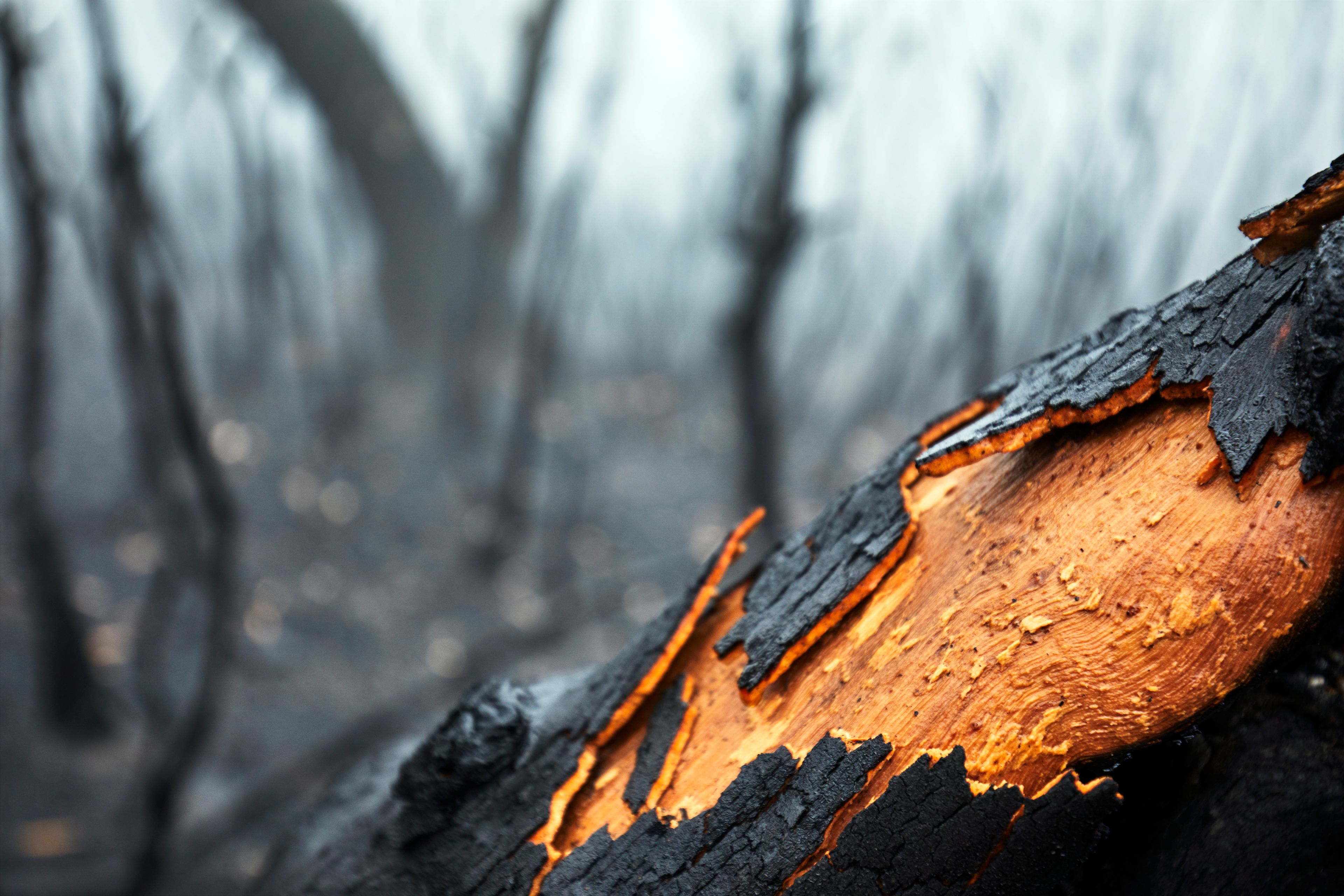Home/Curriculum resources/Representations in film and text/Inquiry-based learning questions
Learning Area:
English
Year level:
Level 9

Inquiry-based learning questions
This activity is a part of the Representations in film and text resource.
Burnt Tree Bark. Blackheath, Dharug country. Photographer: Andrew Merry. Source: Getty Images. Used under licence.
These inquiry-based questions are provided for flexible classroom use, allowing teachers to tailor discussion and reflections specific to their classroom needs
Inquiry questions
Consider the different representations of Martu fire practices in the film Waru, kuka, mirrka wankarringu-lampaju – Burning, bushfoods and biodiversity, 0 and the article Country needs people by Kim Mahood. 0
Identify the social location of the narrator/s or author.
Consider and discuss how the context and identity of the narrator or author influences what is represented.
Consider the way colonisation has disrupted traditional burning practices. What are the effects on Martu and the environment? Consider the phrase ‘country needs people’ in your reflection.
In the film ‘Waru, kuka, mirrka wankarringu-lampaju – Burning, bushfoods and biodiversity’ at approximately the 25-minute mark a map is displayed. It first shows the patches of cool season burns for one year, and then the patches of hot season burns for one year. What do you notice about the differences?
Related activities within this resources:

Activity 1 - Aboriginal burning practices represented in painting
In this activity, students read Kim Mahood's article, analyse a painting and opening quotation, and reflect on how these elements contribute to their understanding of Martu burning practices and traditional ecological knowledge.

Activity 2 - Contemporary Aboriginal fire management represented in film
In this activity, students watch the film 'Waru, kuka, mirrka wankarringu-lampaju,' take notes on its context and key speakers, and discuss its significance in conveying Martu's fire management story and its social and environmental benefits.
Suggested timing:
60 minutes
Required resources:
Laptop/tablet with internet connection, Projector or Smart TV